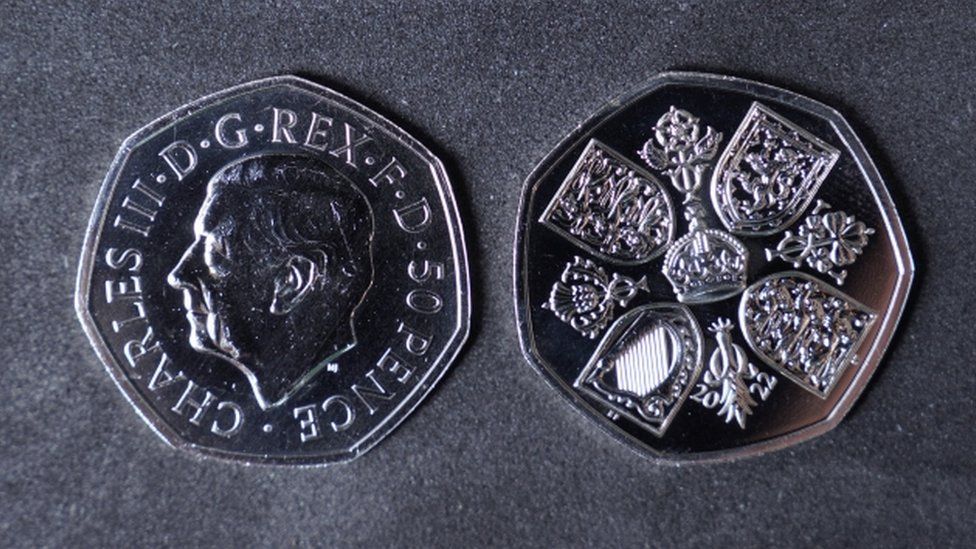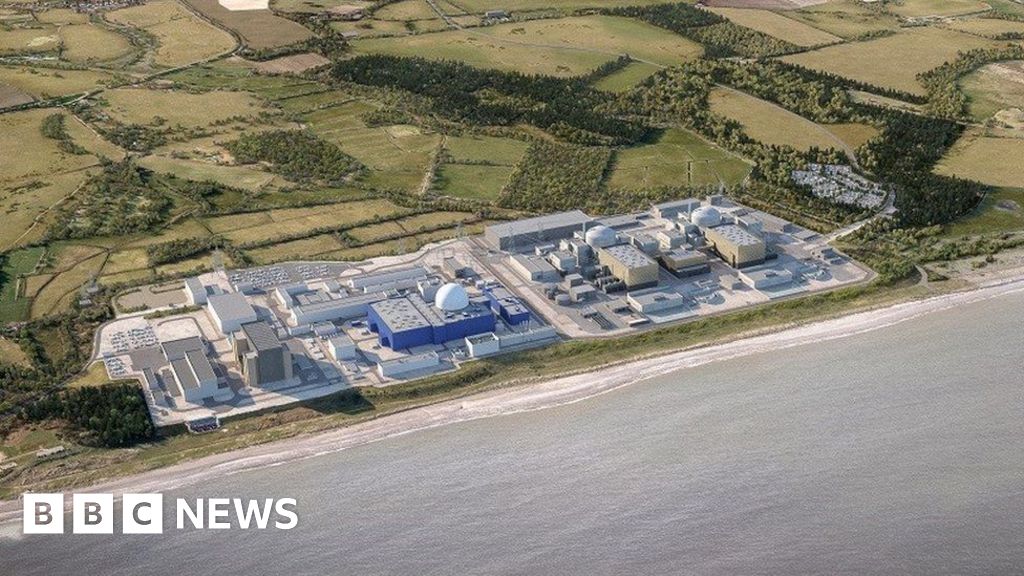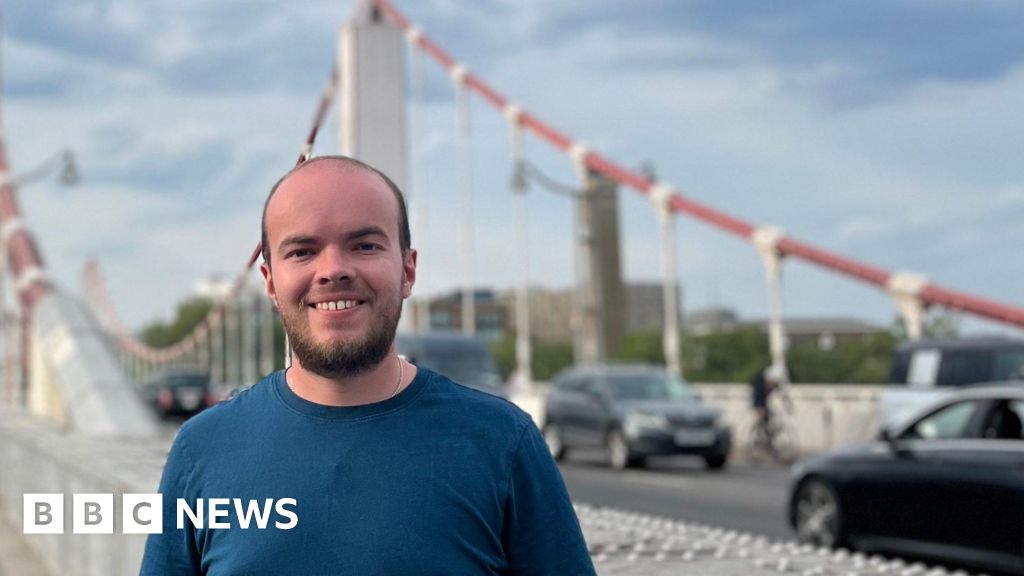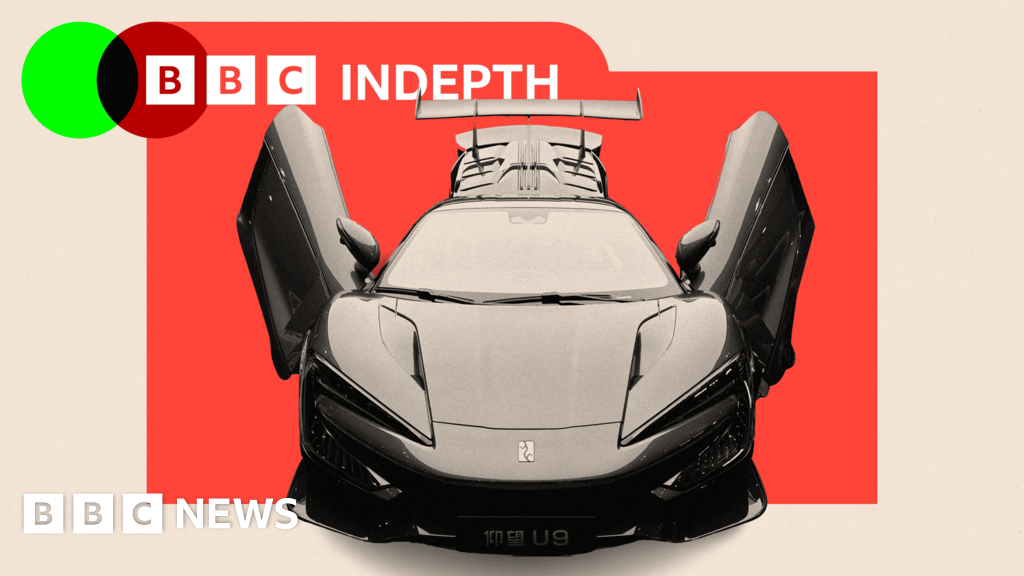ARTICLE AD BOX
 Image source, PA Media
Image source, PA Media
The new 50p coin celebrates the King and commemorates his mother
By Kevin Peachey
Cost of living correspondent
Manufacturing has begun of the first coin to enter general circulation carrying the image of King Charles.
The 50p coin has started to be struck at The Royal Mint in Llantrisant, Wales, and will enter tills, wallets and purses in December.
Sculptor Martin Jennings, who created the portrait of the King, said that witnessing the coin being produced was a "quite remarkable experience".
He said it took months of painstaking work to get the image right.
He used pictures of King Charles on his 70th birthday to create a likeness of the monarch, in what is the smallest work he has ever had to produce.
"It has to be an exact portrait but also that says something about the lasting values of the institution he represents," Mr Jennings said.
"In subtle and tiny ways, you can put these things across."
Commemoration
King Charles's portrait is the first coin design undertaken by Mr Jennings, but his public sculptures include poets John Betjeman, in St Pancras Station in London, and Philip Larkin in Hull.
The reverse side of the coin is a copy of the design used on the 1953 Crown struck to commemorate the Queen's coronation.
It includes the four quarters of the Royal Arms depicted within a shield. In between each shield is an emblem of the home nations: a rose, a thistle, a shamrock and a leek.
Image source, PA Media
Image caption,Martin Jennings sees the coin being struck for the first time
The 50p coins will be available for general use in December, distributed according to demand by banks, building societies and post offices. Eventually, 9.6 million 50p coins of the latest design will be made. Other denominations will be manufactured, carrying the King's image, in line with demand.
They will co-circulate with coins featuring the late Queen, so those 27 billion coins will still be accepted in shops. Before decimalisation, it was common for people to carry coins featuring different monarchs in their pockets.
The coins will follow centuries of tradition of the monarch facing left - though King Charles's predecessor faced right, bucking this trend.
As with previous British kings, and unlike the Queen, he wears no crown.
The coins are being struck at The Royal Mint's site at Llantrisant where the official coin maker - and Britain's oldest company - moved to accommodate the decimalisation process in 1967. Visitors to the Mint's museum will be able to see the manufacturing process and strike their own coin.
What is the Royal Mint?
- It is one of the oldest companies in the world, striking its first coin in the late 9th Century, during the reign of Alfred the Great
- The Mint was based inside the Tower of London for most of its existence, but since the late 1960s its home has been Llantrisant in Rhondda Cynon Taf
- The current facility was opened by Queen Elizabeth II on 17 December 1968, just in time for the massive task of replacing the billions of coins in circulation ahead of decimalisation
- There are more than 27 billion coins in circulation in the UK, with the Mint issuing around one billion new coins every year - although this figure does fluctuate
Kevin Clancy, director of The Royal Mint Museum, said: "For many people, this will be the first time in their lives that they have seen a new monarch appear on money.
"It represents the biggest change to UK coinage since decimalisation and will usher in a new era where the coins of Queen Elizabeth II and King Charles III co-circulate in the UK. The new memorial 50 pence marks a moment in history and honours a landmark reign that lasted for 70 years."
Questions still remain over the relevance of coins in the modern era as people increasingly turn to cards and smartphones to pay for things.
Cash use is forecast to drop, accounting for 6% of payments by 2031, according to the banking trade body UK Finance.
The Mint says that coins still portray our national identity as well as having a practical function.
The buying power of coins is also being reduced by high levels of inflation.

 2 years ago
70
2 years ago
70








 English (US) ·
English (US) ·